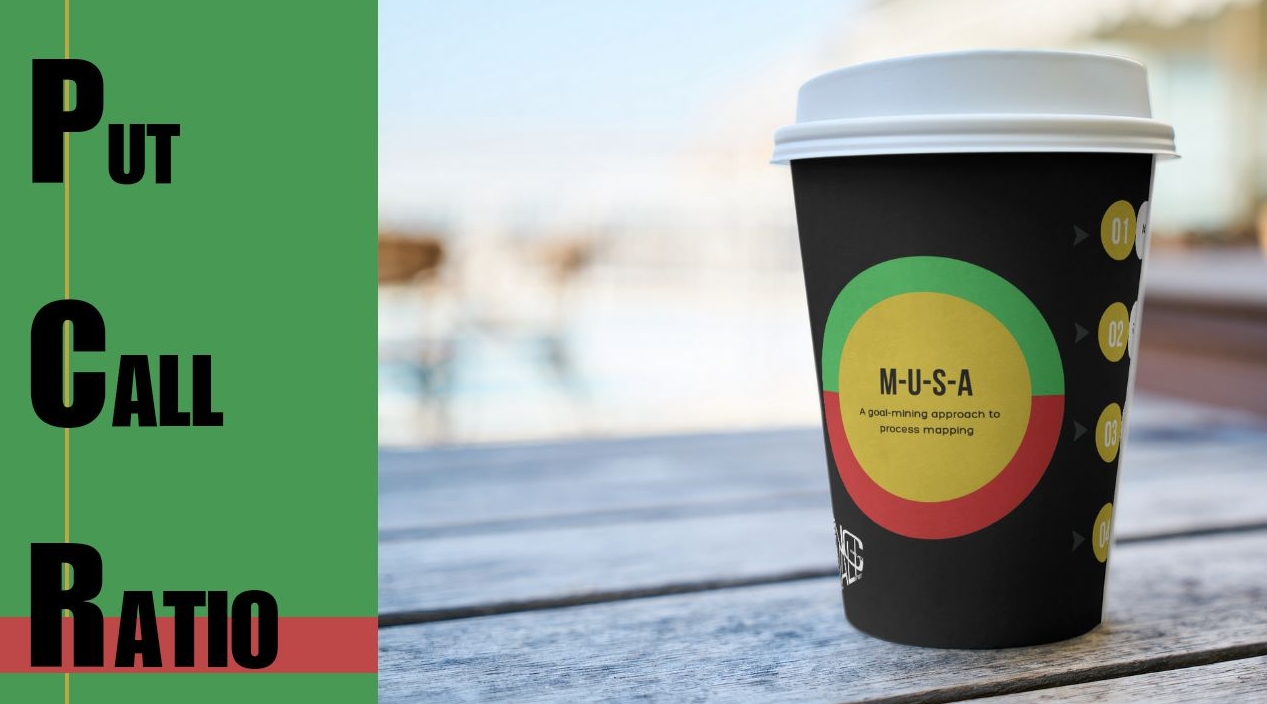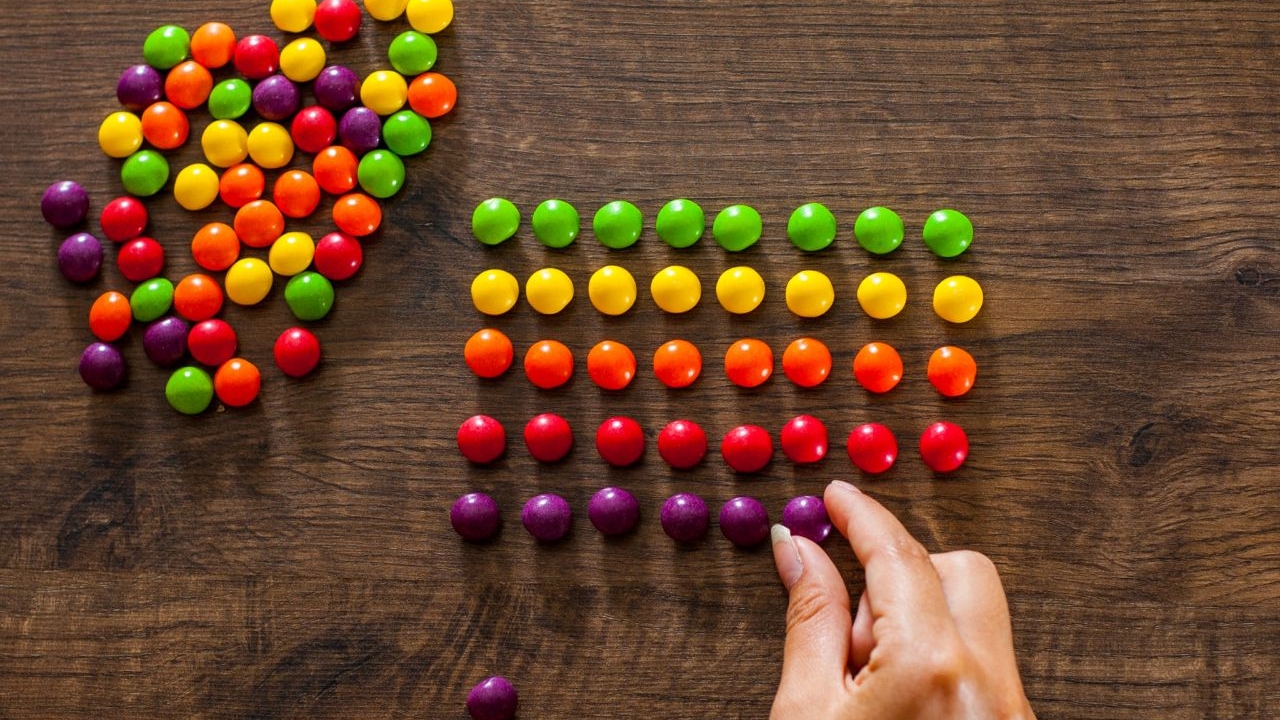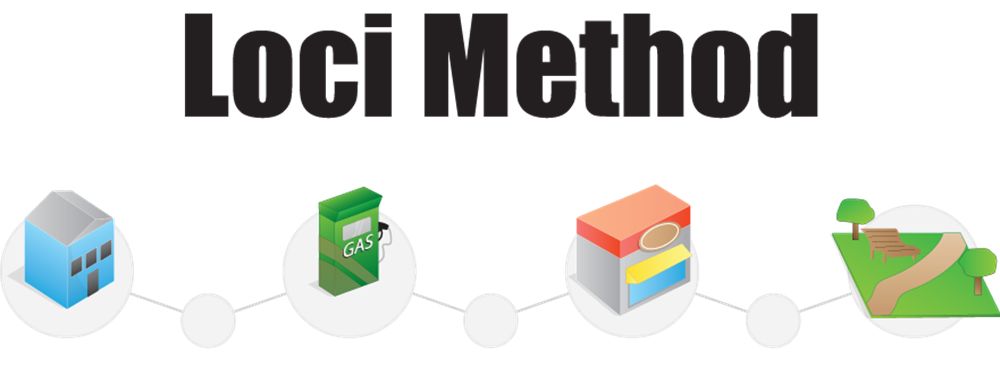The put-call ratio is a widely used financial indicator that provides insights into market sentiment and potential future price movements. It is derived from the trading activity of options, specifically put and call options. To understand the put-call ratio, it’s essential to comprehend the basic concepts of options trading.
Options Trading Basics
Options are financial instruments that give the holder the right, but not the obligation, to buy (call option) or sell (put option) an underlying asset at a specified price (strike price) within a predetermined timeframe. Options traders use these contracts to speculate on price movements, hedge existing positions, or generate income.
Put and Call Options
- Call Option:
- The buyer of a call option expects the underlying asset’s price to rise.
- Sellers (writers) of call options believe the price will remain steady or decrease.
- Put Option:
- The buyer of a put option anticipates the underlying asset’s price to fall.
- Sellers (writers) of put options expect the price to stay constant or rise.
Calculating the Put-Call Ratio
The put-call ratio is calculated by dividing the total open interest of put options by the total open interest of call options. The formula is as follows:
Put-Call Ratio = Total Open Interest of Put Options / Total Open Interest of Call Options
Interpreting the Put-Call Ratio
- Above 1.0: Bearish Sentiment
- A put-call ratio above 1.0 suggests a bearish sentiment in the market.
- Traders are buying more put options, indicating an expectation of falling prices.
- Below 1.0: Bullish Sentiment
- A put-call ratio below 1.0 signals a bullish sentiment.
- Traders are more inclined to buy call options, expecting rising prices.
Understanding Market Sentiment
- Contrarian Indicator:
- Contrarian investors often use the put-call ratio as a contrarian indicator.
- Extreme readings (very high or very low ratios) may indicate market sentiment reaching an unsustainable level, possibly leading to a reversal.
- Hedging and Speculation:
- High put-call ratios can indicate hedging activities, as investors seek protection against potential market downturns.
- Low put-call ratios may suggest speculative behavior, with traders betting on further market gains.
Limitations of the Put-Call Ratio
- Lack of Context:
- The ratio alone might not provide a complete picture and should be analyzed alongside other indicators and market conditions.
- Options Activity Varies:
- The put-call ratio can be influenced by factors such as expiration dates, strike prices, and market conditions, making interpretation complex.
DJED HIGH VIEW
The put-call ratio is a valuable tool for understanding market sentiment. Traders and investors can use it to gain insights into potential shifts in the market and adjust their strategies accordingly. However, like any financial metric, it should be used in conjunction with other analysis tools to make well-informed decisions in the dynamic world of financial markets.





